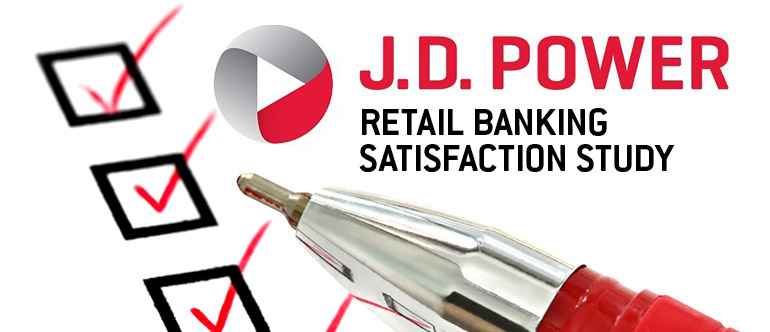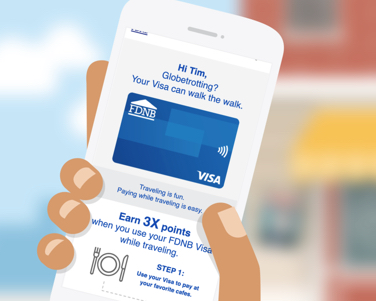Bank Customer Satisfaction: Winners and Losers

Do you have your finger on the pulse of consumer sentiment towards financial institutions when the focus is on service, transparency and hidden/punitive fees? Which category* of banks – big banks, regional banks or midsize banks – scores highest for six key indicators of the customer experience?
Answers can be found in the recently released J.D. Power Studies 2014 U.S. Retail Banking Satisfaction Study, its ninth annual in-depth survey. High-level findings from the survey can help financial institutions know how and where to focus improvements:
- How did banks perform overall? Midsize banks lead the rankings (796). Regionals place second (784), with big banks coming in third (782).
- The widespread brand damage related to bank fees in the recent past appears to be abating. Both lack of transparency and discontent with fees has declined, and on the flip side, fee satisfaction has risen to the highest level since 2010.
- In addition to actual customer problems and complaints being in decline (down 18 percent compared to the previous year), resolution has improved when there is a problem.
- Nonetheless, switching banks happens for four top reasons:
o poor customer service (28 percent),
o inconvenient branch locations (21 percent),
o noncompetitive interest rates (19 percent) and
o high fees (15 percent).
- Surprisingly, the survey indicates the affluent customer segment is the least-satisfied. Over the past few years, we’ve seen branch reconfigurations, in-bound call centers that are both domestic-based and staffed with live-people, branch-based personal bankers available after-hours – all to attract and serve affluent and high net worth segments. Ironically, the survey reports that expectations for personalized service are still unmet. The bank category that took the biggest rank decline is midsize, although these institutions historically continue to be the leader in overall affluent bank satisfaction ratings. Big banks and regional banks both made respectable improvements towards closing the gap, which signifies that their strategies and investments are paying off.
- Millennials remain a segment of opportunity. Along with minorities, the millennial segment (defined as those born between 1977-1995) fail banks on measures such as online banking, mobile banking and problem resolution. Midsize banks ratings also showed decline.
Takeaways? Clearly, there are specific areas banks should address, for example:
- Offer lower-cost products and services to provide options for consumer who may be looking to switch banks.
- Think like a consumer. Make it easy to bank, and provide banking choices for how a customer can bank.
- Establish customer service standards and programs designed to educate, measure and incent problem resolution.
- Although you may have stellar customer service, you must actively promote your service initiatives and overall corporate commitment. Develop core service messages, and deploy the right messaging at the right time using plain, simple and straightforward communications.
- Take a look at your competition, and honestly assess who is doing a better job. The survey identifies bank-by-bank rankings within geographies. Study your competition because dissatisfied consumers are doing the same.
*Bank categories (based on deposits): “big” – six largest financial institutions averaging $180B+; “regionals” – $33B-$180B; “midsize” – $2B-$33B. SOURCE: J.D. 2014 Power Customer Satisfaction Study.





